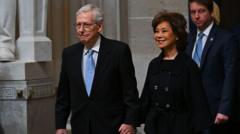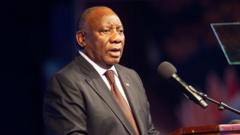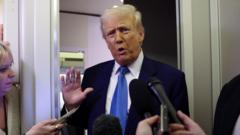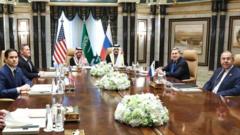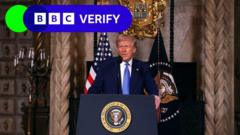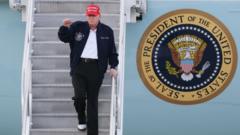The Munich Security Conference revealed significant tensions regarding Ukraine's future in light of upcoming US-Russian peace talks, emphasized the need for increased European defense spending, and showcased a rift in US-European relations, especially following controversial remarks from Vice President JD Vance.
Key Insights from the Munich Security Conference: A Shift in Global Alliances
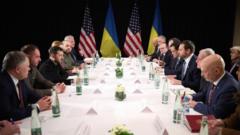
Key Insights from the Munich Security Conference: A Shift in Global Alliances
The recent Munich Security Conference highlighted crucial discussions regarding Ukraine, NATO, and the evolving security dynamics between Europe and the US.
The Munich Security Conference recently served as a pivotal platform for discussions surrounding the ongoing conflict in Ukraine, NATO's role, and the shifting landscapes of international alliances. As US and Russian officials prepare for negotiations aimed at resolving the war in Ukraine, several key takeaways emerged that illustrate both the urgency of the situation and the profound discord present among European leaders.
Firstly, the notion that NATO is undergoing a transformation emerged strongly. Established in 1949 to counter Soviet expansion, NATO's traditional framework may now be unraveling. With the organization's membership expanded to 32 and its commitment to collective defense in question, US Defense Secretary Pete Hegseth highlighted the necessity for European NATO members to dramatically increase their defense budgets. This comes in light of a realization that Europe cannot solely rely on the US for military support.
Secondly, there is growing concern that discussions regarding Ukraine's future may occur without direct involvement from its leadership. The anticipated talks in Saudi Arabia, a move seen by many as sidelining Ukraine, will proceed despite objections from Ukrainian President Volodymyr Zelensky. The sentiment in Kyiv reflects a broader anxiety about the trustworthiness of negotiations led by parties outside the region.
Additionally, speakers at the conference reiterated the imperative for Europe to raise its defense spending amid a more assertive Russia. Current NATO guidelines may soon evolve from a minimum spending target of 2% of GDP to 3%, indicating a marked shift in military funding priorities across the continent.
US Vice President JD Vance made headlines during the conference with a contentious speech that drew criticism for its tone and content. Many European attendees were taken aback by what they perceived as an attack on their values and priorities. However, his remarks found favor among various factions back in the US, underscoring the transatlantic divide over policy approaches.
Finally, the conference underscored the pronounced disunity currently characterizing US-European relations, an issue further complicated by tariffs proposed by former President Donald Trump. Leaders in the UK, such as Prime Minister Sir Keir Starmer, expressed the difficulty in managing relations with both the US and the EU in light of competing interests.
As these geopolitical dynamics develop, the implications for the stability of Europe and the eventual resolution of the conflict in Ukraine remain uncertain amidst rising tensions and divergent views among allied nations.


